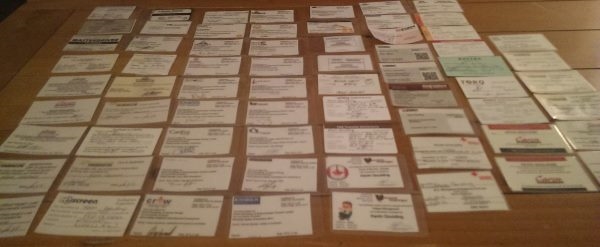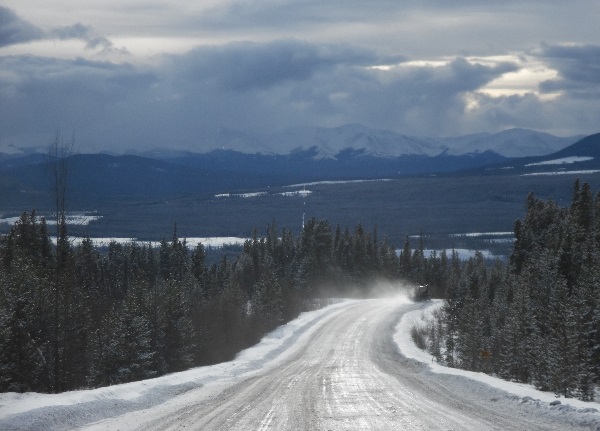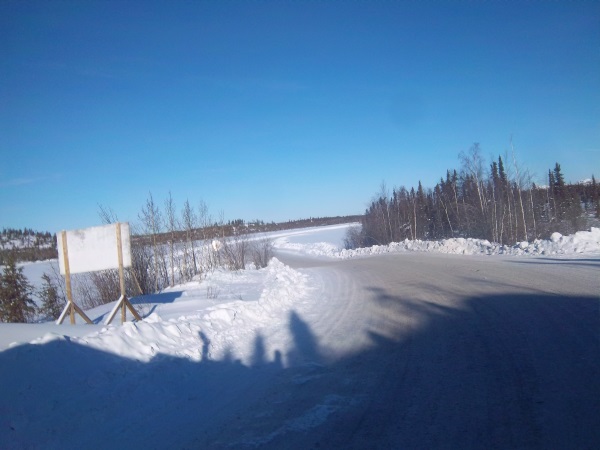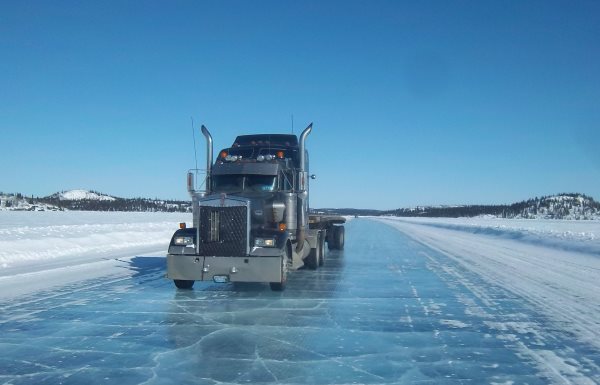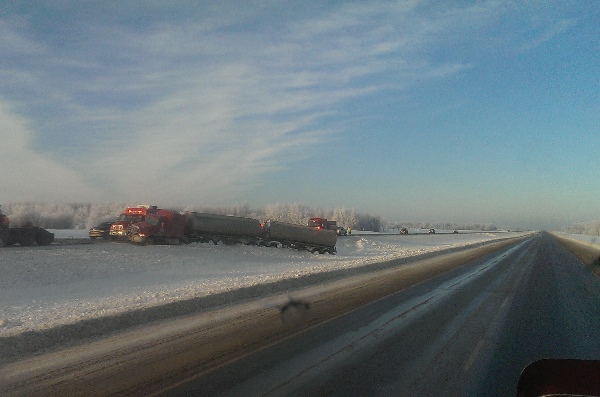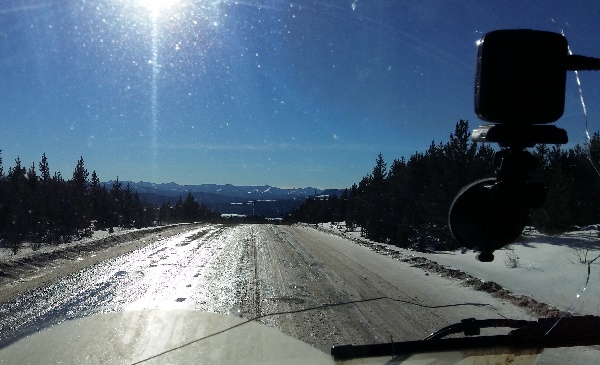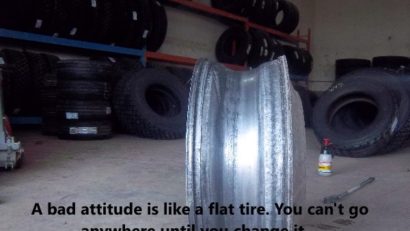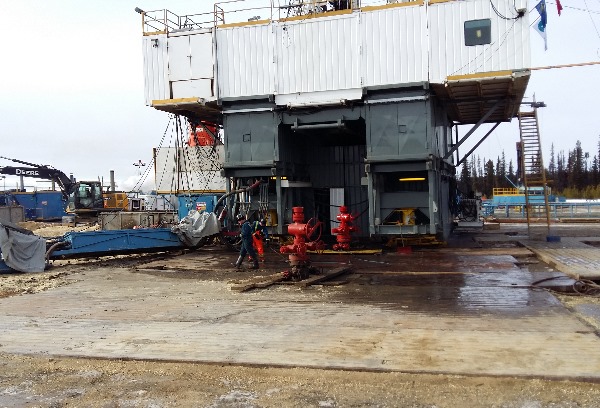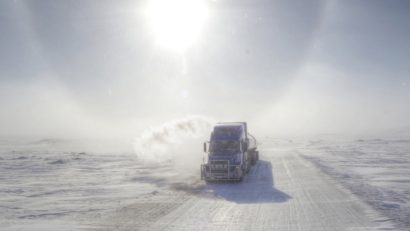On site safety
There are many safety factors to consider before you perform any task. Most companies are now required to have a JSA before they do any work on site. This is called a Job Safety Analysis and outlines the task to be performed, the safety risks, and the way the job will be performed safely.
Do you have a body harness to wear when working from heights? Do you have a valid “Fall Protection Ticket”? Do you have a valid “Confined Space Ticket”? Did you fill out a “Work Permit” to enter the tank? Have you completed a JSA?
Nearly every location you work on will have someone asking you these questions. It’s usually the medic on location that checks your safety tickets and company orientations, but you can now also expect routine audits of paperwork from anyone.
The first on-site audit I was given surprised me a little. Kind of like the first time I was asked for a JSA when they started using those a few years back. I remember saying, “What the heck is a JSA?” They looked surprised when I told them I wasn’t knew to the industry. But not all companies were using them at that time either.
It was a consultant for the oil company that I was working for that approached me with my first routine audit. He asked for my company policies and procedures manual. It took him a couple of hours to do the audit. he actually had a checklist and went over everything with my when he came back. I wasn’t surprised when he told me there were some deficiencies that had to be fixed. I had to send the audit back to our safety department to be corrected in order for us to continue working for that company.
Remember CYA?
Be prepared to accept the rules and regulations from government, industry regulations, your company policies, and the policies of every company you work for. Be adaptable, because they’re not always standardized. You should also be prepared for the occasional surprise or changes.
In over the road trucking, you’re responsible to know the rules and regulations in every state, province, town, or city you’re in. The same can be said about the oil and gas industry. You’ll be expected to know the rules of every site you visit.
The on site representative for the oil company is called the “Consultant”. He doesn’t hand out tickets for breaking the rules. He’s the judge and jury. He hands out “sentences” on the spot in the best interest of everyone’s safety.
Rapid and constant changes in the industry can sometimes mean new polices can slip through the cracks. They’re not always communicated or shared with everyone, so you will find out by surprise.
What safety tickets do I need?
The good news is most companies will pay for all the required courses, as well as your in class time to do them. Having a license to drive a truck puts you at an advantage over those that don’t have one. Don’t spend your hard earned money on any of these courses without talking to company recruiters first. I’ve yet to see a trucking company that doesn’t provide WHMIS or TDG training on their dime.
Before most companies hire a truck driver to work in the oilfields, they’ll require you to be drug tested. A drug an alcohol testing policy is also required by almost every oil company too.
Oil companies tend to do a lot of “micro managing” those that do business with them. It means everyone has to be on the same page with safety. They’re just doing a CYA for themselves
In essence, the larger companies can dictate the safety policies of the outside contractors they do business with. Safety is everyone’s responsibility, and they do this to ensure that safe work practices are followed by everyone.
How many oilfield safety or training courses you’ll take depends on the jobs you’re doing. Most of these courses are usually good for 2 to 3 years. Here are a few of the more common basic courses that you’ll be required to take as an oilfield truck driver before you even get into the field.
- H2S Alive (sour gas)
- First-aid, CPR
- Transportation of Dangerous Goods
- WHMIS
- GODI (General Oilfield Driver Improvement)
- Hours of Service
- Oilfield Haulers
- PST (Petroleum Safety Training), (EGSO)
- CSTS
- OSSA
There’s also more specific courses required depending on what job you’ll be doing.
- Confined Space entry, Basic Tank Rescue
- Fall Arrest
- Ground Disturbance and Damage Prevention
Cranes, boom truck operators, and picker truck drivers are just a few jobs that will require additional tickets.
The Enform website is a great place to look at some of the courses offered, and the costs of these courses for the oil and gas industry.
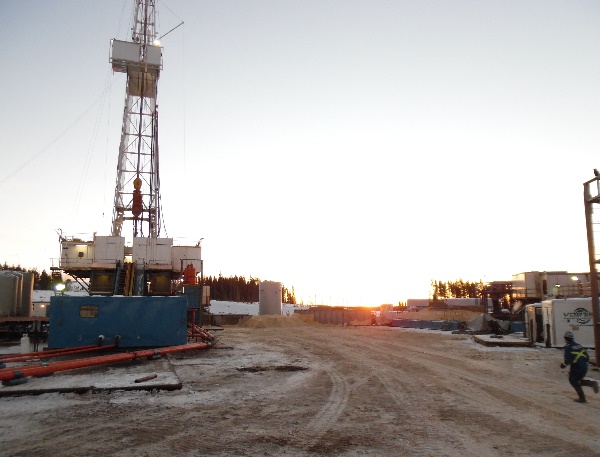
Oilfield Safety. Never run on location to perform your work. You’re telling everyone that sees you there’s an emergency.
Oilfield safety and Company Orientations
Besides the industry courses, there’s also oil company orientations to be completed before entering or performing work on any of their sites. Most drivers carry a separate wallet to hold these cards so they can produce them each time they arrive at a location. If you forgot them, chances are you won’t be working.
Many companies keep a back up of all your courses in a computer file and can be emailed to the safety officer on location if you forget, but don’t count on this to cover you. I’ve seen medics refuse this before. CYA!
So how many company orientations do you think you have to do? It all depends on how many oil companies you end up working for. It’s not uncommon to have 10 to 30 different orientation cards in your wallet along with your regular tickets. I had somewhere around 60 as a frac sand hauler.
Expect each oil company orientation to take anywhere from five minutes to an hour. A good average would be 20 minutes per orientation. It usually involves reading a book, watching a video, or both. You’ll then be asked to sign off that you understand their specific company policies before being given a card and a sticker for your hardhat. Each time you show up at one of these company locations you’ll be asked to provide the card. They’re usually good for 1 to 2 years depending on the company.
To give you an example of how many oil companies you may be working for, check out this list of the top 100 oil companies. There are a little more than the 3 or 4 gas stations you are familiar with.
So there’s a little bit about oilfield safety as it applies to trucking in the oilfields. By giving you a glimpse of your responsibilities in different aspects of oilfield driving, we hope you can decide if it’s the right career decision for you.
The next section is where you’ll be introduced to the different types of driving jobs and locations you’ll visit in the patch.
Thanks for reading Oilfield Safety
Let’s move on to Off Road Trucking.
